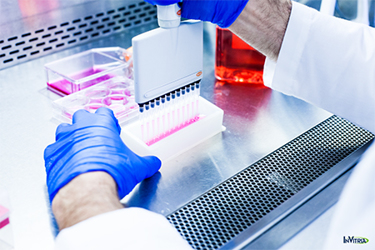Emergence Of A Blood-Free Recombinant Albumin

Albumin is a naturally occurring protein in animals and humans responsible for numerous cellular functions and is integral to the manufacturing of biopharmaceuticals. Various benefits of albumin inclusion in upstream manufacturing, downstream processing, and final formulation applications will be discussed in detail but can be briefly summarized as:
- Serves as an antioxidant and benefitting stability and preservation
- Limits aggregation in cell culture
- Prevents surface adsorption
- Increases solubility
- Promotes transport and binding
- Protects cells from physical shock and shear
- Enhances API homogeneity
Albumin has historically been sourced from bovine and human donors; however, inconsistency in raw materials ultimately affects patient safety and can cause decreased treatment efficacy. This can look like a shift in cellular phenotype as a result of inconsistent raw materials or poor drug conjugation due to a variance in binding capacity of HSA from lot-to-lot. Additionally, these mammalian sources are not limitless, and the life science industry has already experienced the ramifications of demand outstripping supply in a time of a global pandemic. Blood and bloodderived products also can introduce adventitious pathogenic agents into the system that can affect processes, cell culture performance, and downstream drug product purity.
For these reasons, there has been an increase in the development and use of recombinant Human Serum Albumin (rHSA).
However, choosing the most appropriate product for a given application is as important as avoiding the pitfalls associated with serum-derived albumin. To better understand how to select the proper rHSA, a closer look at albumin’s function and utility within the life sciences and biotechnology applications is necessary.
Get unlimited access to:
Enter your credentials below to log in. Not yet a member of Cell & Gene? Subscribe today.
